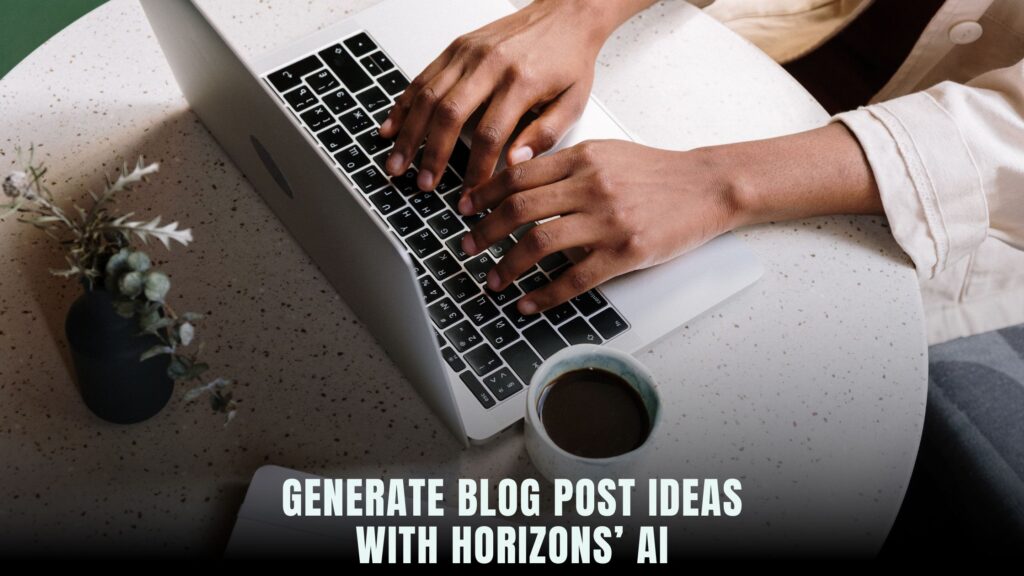Difference Between AI and AI-Powered: Distinguishing Artificial Intelligence and AI-Enhanced Solutions
- AI Image Generators Software AI Writing Assistant Popular Tools AI Tools
Difference Between AI and AI-Powered: Distinguishing Artificial Intelligence and AI-Enhanced Solutions
Artificial Intelligence (AI) and AI-powered solutions are terminologies often used interchangeably, causing confusion about their actual distinctions. This article aims to elucidate the dissimilarities between pure AI and AI-enhanced tools. Additionally, we’ll introduce relevant SaaS products to showcase practical applications of both concepts.
Unveiling the Essence of Artificial Intelligence (AI)
Artificial Intelligence (AI) is the overarching concept of creating machines or systems that can perform tasks requiring human intelligence. These tasks encompass learning, reasoning, problem-solving, perception, and language understanding. In essence, AI involves the development of algorithms that enable machines to simulate cognitive functions.
Understanding AI-Powered Solutions
Conversely, AI-powered solutions refer to systems or applications that integrate AI capabilities to enhance their functionality. These tools utilize AI algorithms to augment their existing features, providing users with more intelligent and efficient outcomes.
Differentiating AI and AI-Powered Solutions
- Core Functionality:
- AI: Involves the creation of machines capable of performing tasks that typically require human intelligence.
- AI-Powered: Refers to existing systems enhanced by integrating AI capabilities to improve performance.
- Learning Capability:
- AI: Inherently possesses learning capabilities, allowing machines to adapt and improve their performance over time.
- AI-Powered: Integrates AI algorithms for improved learning and adaptation, enhancing the tool’s proficiency.
- Autonomy:
- AI: Exhibits a higher degree of autonomy, making decisions and learning from experiences without explicit programming.
- AI-Powered: Relies on predefined algorithms and requires human-defined parameters for decision-making.
- Examples:
- AI: Autonomous vehicles, chatbots with natural language processing.
- AI-Powered: AI-enhanced marketing analytics, chatbots integrated into customer service platforms.
Practical Applications through SaaS Products
1. Salesforce Einstein
Enhancement: Salesforce Einstein brings AI to customer relationship management, providing predictive analytics and personalized recommendations.
2. IBM Watson
Enhancement: IBM Watson offers AI-powered solutions for various industries, including healthcare, finance, and marketing, enhancing decision-making processes.
3. Grammarly
Enhancement: Grammarly, with AI-powered writing assistance, improves the overall quality of written content by providing suggestions for grammar, style, and tone.
4. Zendesk
Enhancement: Zendesk integrates AI-powered chatbots for customer support, streamlining communication and issue resolution.
5. UiPath
Enhancement: UiPath employs AI for robotic process automation, enhancing workflow automation capabilities.
Conclusion
Understanding the distinction between AI and AI-powered solutions is crucial for navigating the evolving technological landscape. AI serves as the foundation, while AI-powered tools leverage these capabilities to enhance specific functionalities. By incorporating relevant SaaS products, businesses can harness the power of both concepts for improved efficiency and decision-making.
Discover a diverse array of SaaS tools at Subscribed.FYI. Sign up for free and unlock exclusive deals on 100+ SaaS tools at Subscribed.FYI Deals. Your gateway to informed SaaS decision-making awaits!
Relevant Links:











